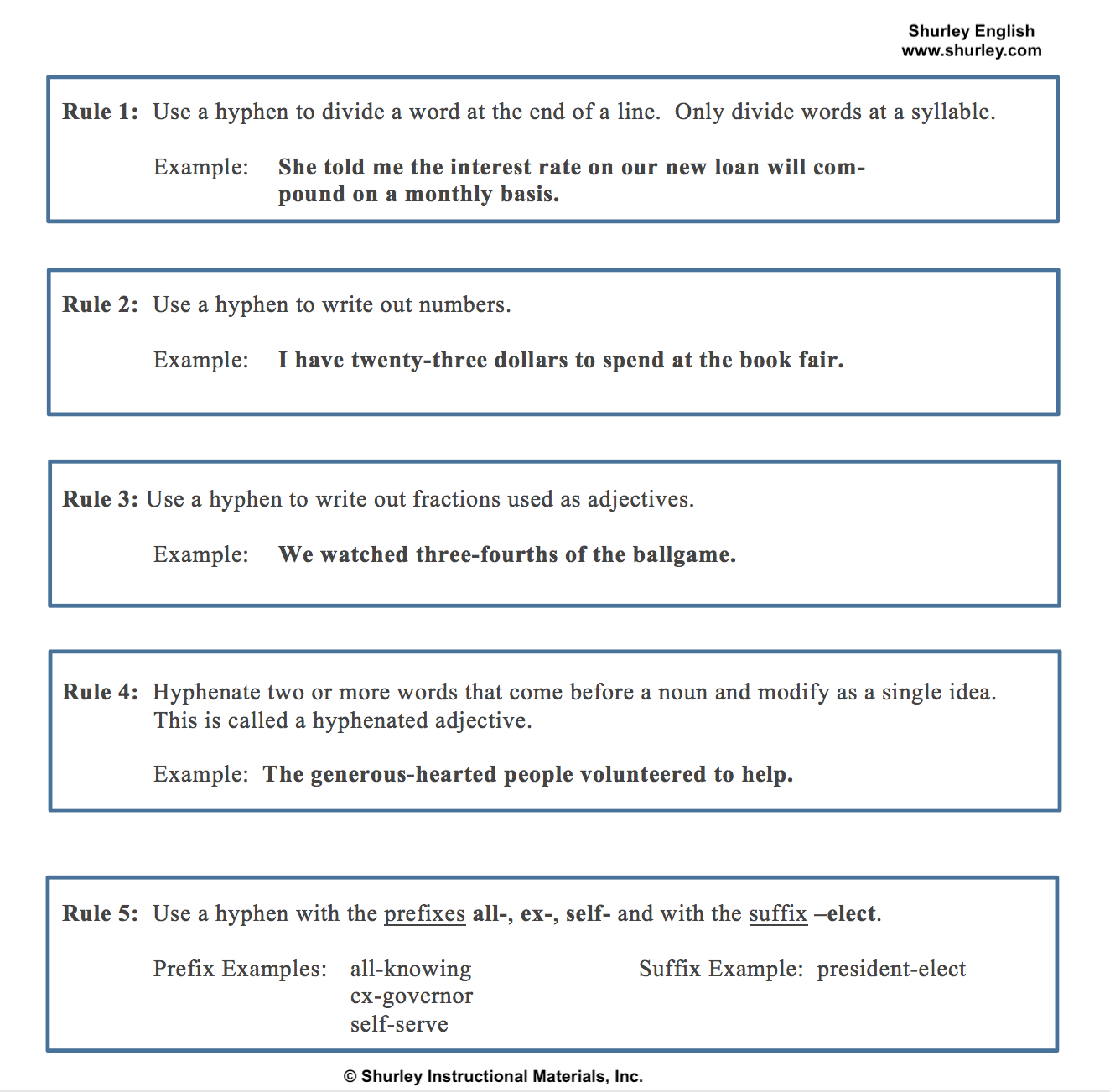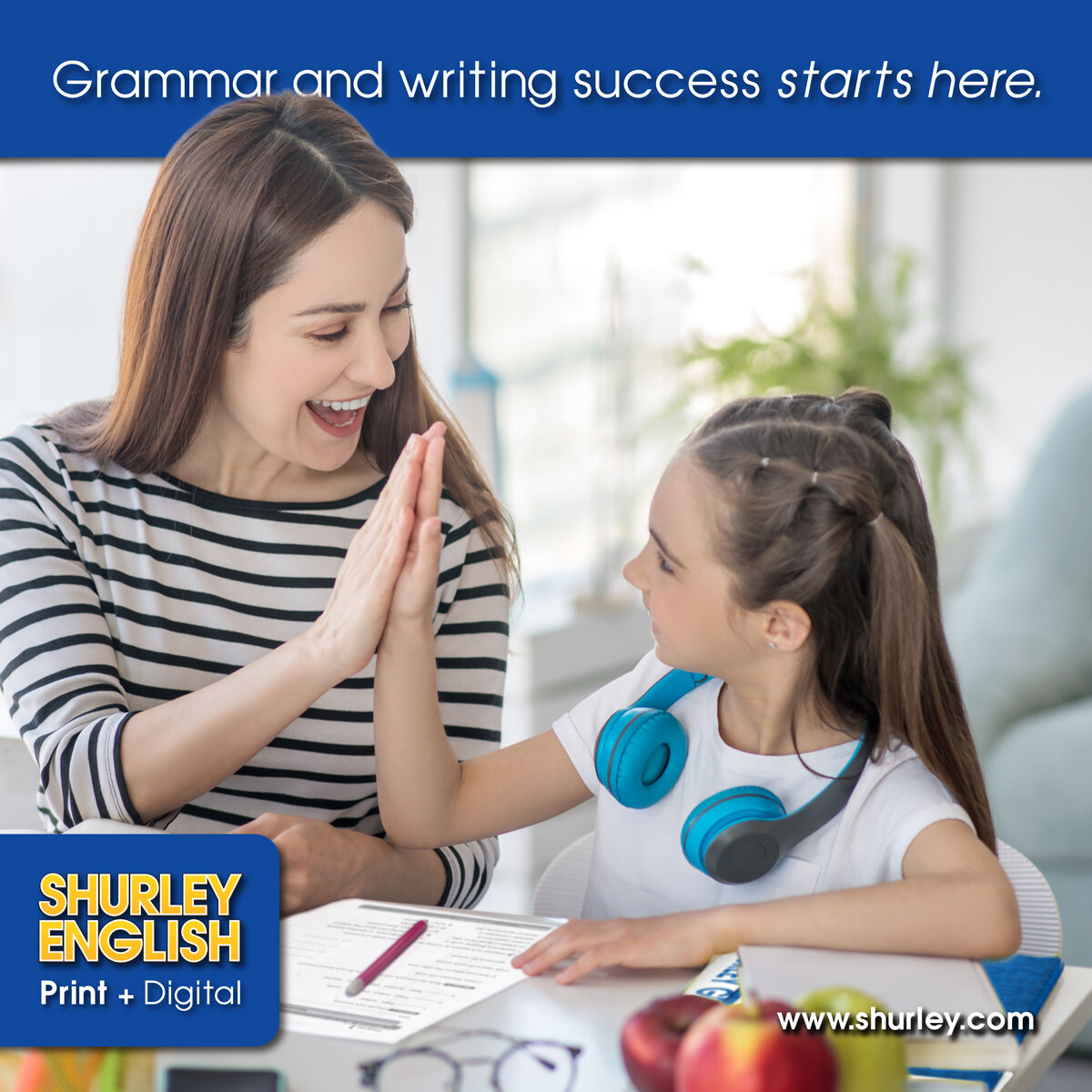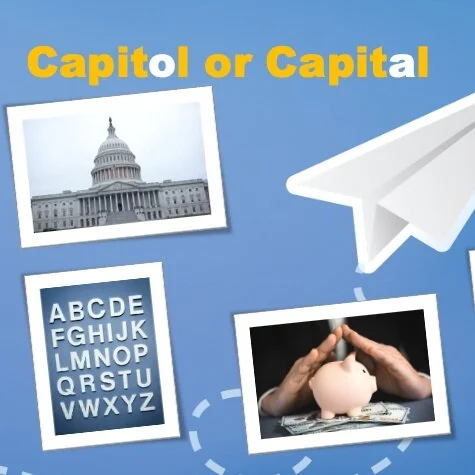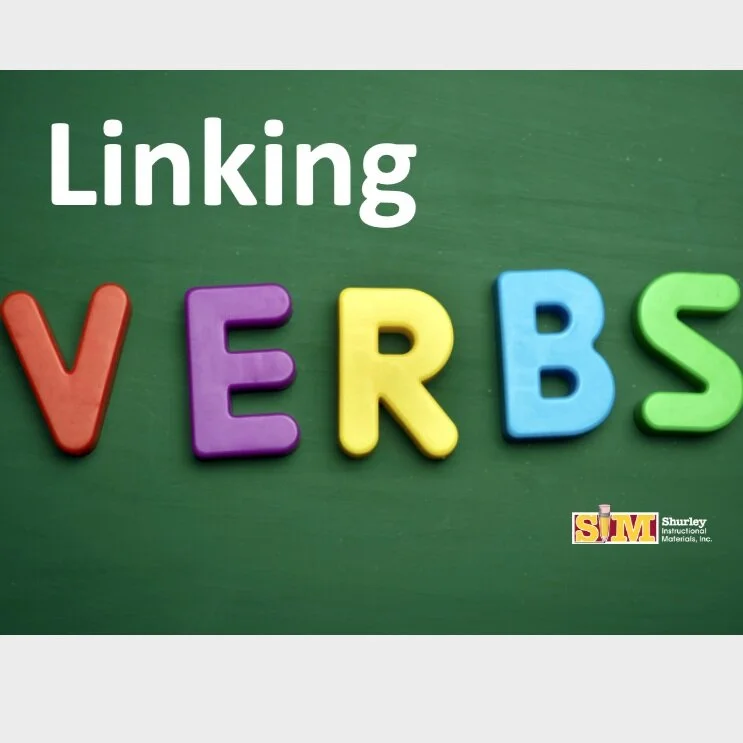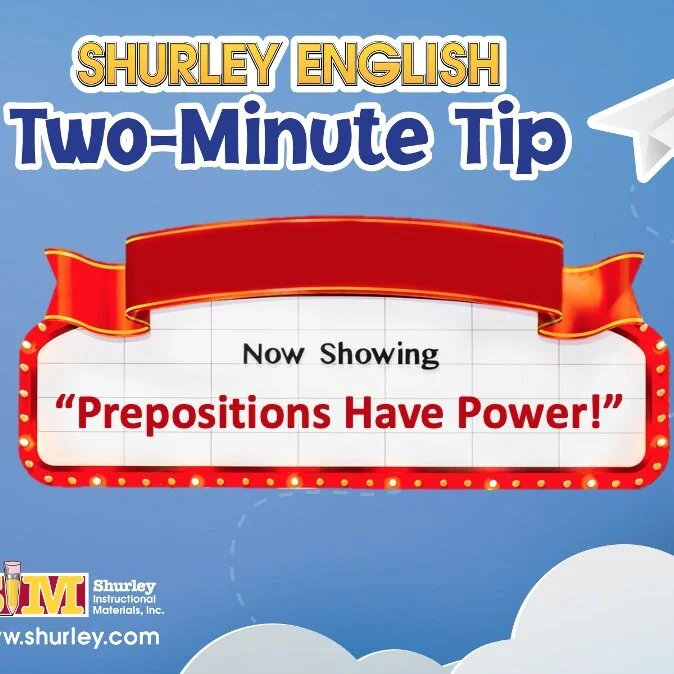What is multi-sensory education?
/I have been dabbling with curriculum since I was a baby teacher and could barely crawl. If you’re a teacher, too, you probably have a similar story. I cut my teacher teeth on theories and practices from many different models, but the one that makes my brain do a happy dance is Multi-Sensory Learning.
The system of our senses is fascinating in and of itself, but what is extraordinary is that teachers can learn how to maximize a student’s awareness of how their senses work together to help them learn and retain knowledge. I also enjoy studying up on the latest neuro-research, and once again, multi-sensory education rises to the top of my favorites list. Here’s why…
When your brain reacts to stimuli, there will be a mini-explosion of both chemical and electrical responses. The brain has both sensory (Woo Hoo!) and motor regions that must communicate with each other. These regions get gabby by means of areas called association cortices (KOR tuh sees). These association areas are like bridges between the sensory (sight, sound, smell, touch, and taste) regions and the motor regions that direct how our bodies move. Based on fMRI images, we have learned that visual input influences sound input. Basically, what we see makes more sense if it is connected with an accompanying sound, and vice versa. We have further learned that if you combine the sense of touch with the senses of sight and sound, learning anything improves by almost 30% as compared to touch alone. That’s significant!!!
So, think about this. People learn better from words and pictures together than from words alone. If you can figure out a way to incorporate the sense of touch, then you have win-win-win as far as learning goes. Now, get this! If you take it just a bit further and want to juice up the neural connections in the brain, add the sense of smell. Advertisers have been using fragrances and aromas in stores for years to jolt the consumers’ into buying-mode. Well, why not in the field of education? Here’s an example. Suppose we are reading the poem A Pop Corn Song by Nancy Byrd Turner. This is an over-the-top obvious example, but it will make my point. The very topic of the poem should take your imagination to all the right places so that in conjunction with the reading of the poem, you will also add the following multi-sensory components: the smell of popcorn in the classroom; the sound of the kernels popping; and of course, the taste of the popcorn will delight the senses and tie them all together with the other sense stimuli. In the poem, the author even describes how to string the popcorn and make a necklace, which involves the sense of touch, too! These elements don’t have to occur in exact synchronicity, but you get the gist.
I counted myself lucky if I could get my students to buy-in to my lessons, and when I began to apply the strategies I learned from Shurley English, my language arts lessons began to soar. The kids were also getting a healthy dose of dopamine and serotonin, brain-food chemicals that the brain produces when it’s getting a charge out of life! In fact, I used to say things like, “Okay, ladies and gents, let’s make some brain food!” In just a few teachable moments, I let the kids in on a big secret…they could actually make their brains smarter simply by singing and dancing their way through all of their lessons, touching, smelling, and even tasting (when possible)—in every subject! By combining all of these strategies and initiating an event like the “popcorn” poem example, my students’ brains were firing and wiring to make for lasting learning.
I challenge you to become acquainted with multi-sensory education. The beautiful thing about Shurley English is that it trains teachers how to implement multi-sensory approaches as a natural part of the language arts lessons. It’s on-the-job training that will stick tight in your brains and nourish your ability to teach in a way you never knew you could. Your kids will thank you…and your brain will thank you!










